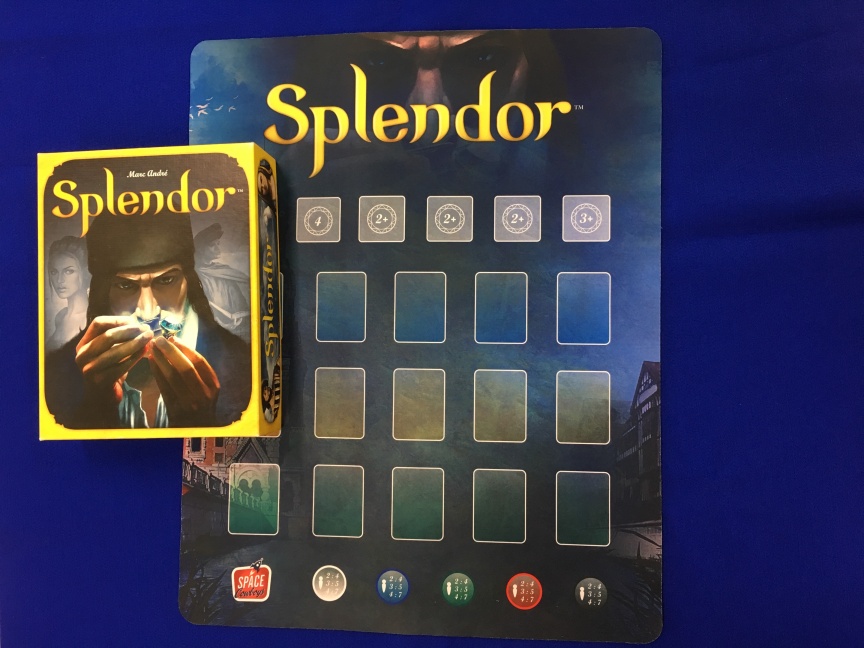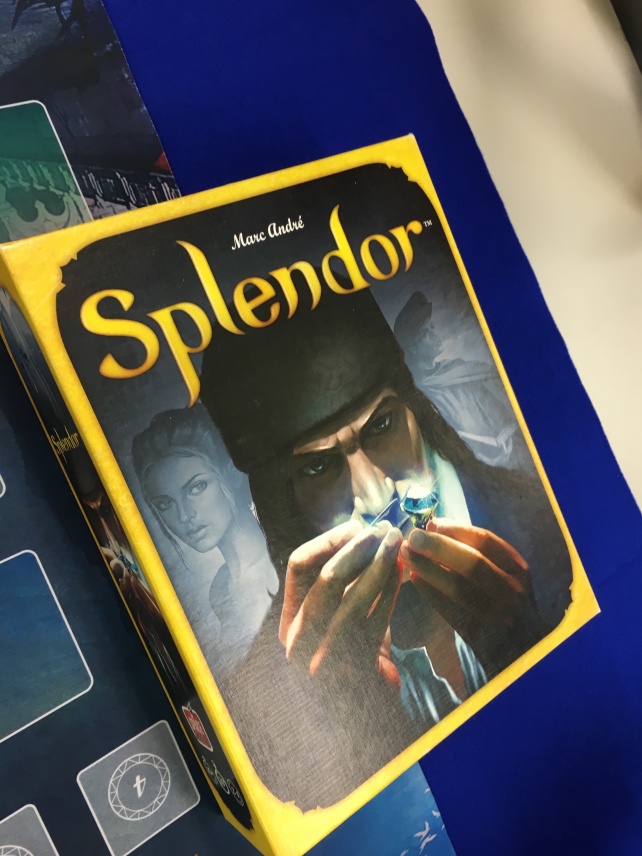This game is simple yet, entertaining and allows players to interfere with their opponents game play. It is best to play with 3 or more people from ages 7+. In order to finish the game you must receive a chance card, which will reveal how many colour chips you need to collect. The first person to collect all the required chips wins the game.
One of the positives about this game is the fact that it isn’t limited to just one genre. It is abstract in the fact that it requires tactical thinking and has many possible outcomes that can change at any time through the use of player’s advantage cards. The game is also in the family genre as it’s one that all families members are able to play together. It is fast paced, engaging and easy to follow.
I have created this prototype with a number of everyday materials. 4 pieces of paper to give a board layout, dice and player figurines from other board games and the cards and colour chips were made from paper as well. It was all that was needed in order to play the game accurately.
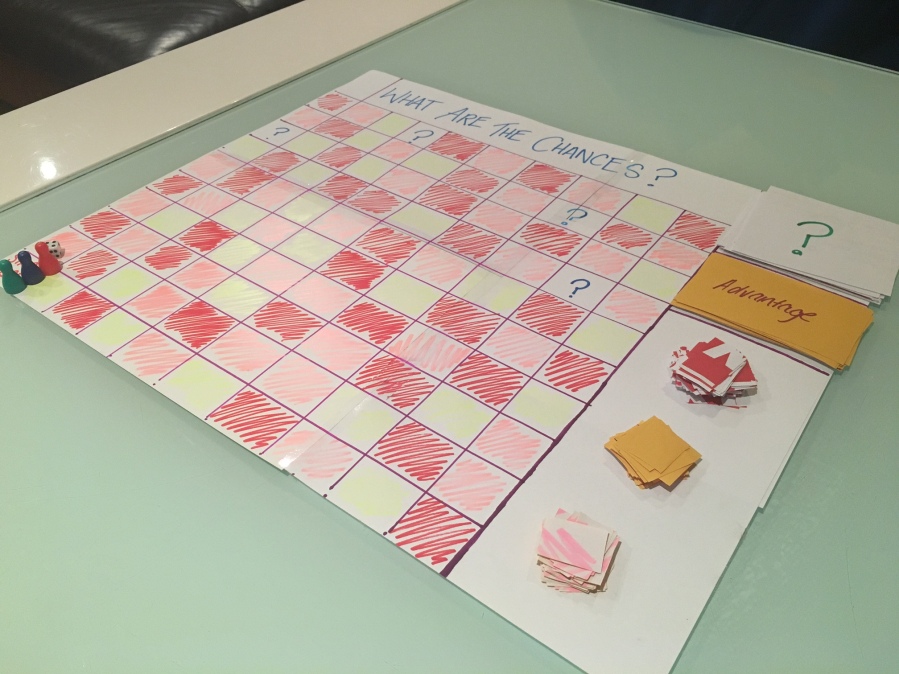
I have been play testing the game with my family and friends over the last week and have made minor adjustments to improve and make it more engaging and challenging. I found that having multiple chance squares on the board isn’t such a great idea, as all players will go after the box that is closest to them. So I have altered it to only have two chance card boxes on the board both equally as far away as the starting point, that way all players aren’t going in the same direction and can slightly split up. Also, to make it a little more interesting I implemented a rule that only one person can be on a square at a time, which was a challenge for the players when it came to opponents disrupting their path.
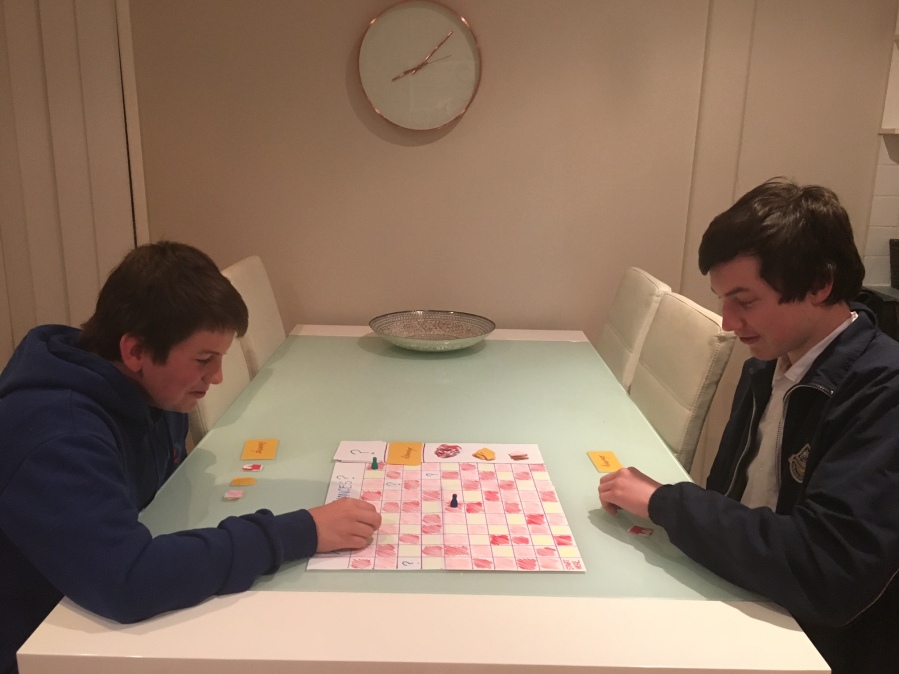
The size of the board and number of squares worked well, there was sufficient organisation with the colour chips and cards and it was easy for everyone to follow on quickly without having to read instructions for 10 minutes prior. Players seemed to get really excited and enthusiastic when they picked up a colour chip that had the advantage card symbol on it.
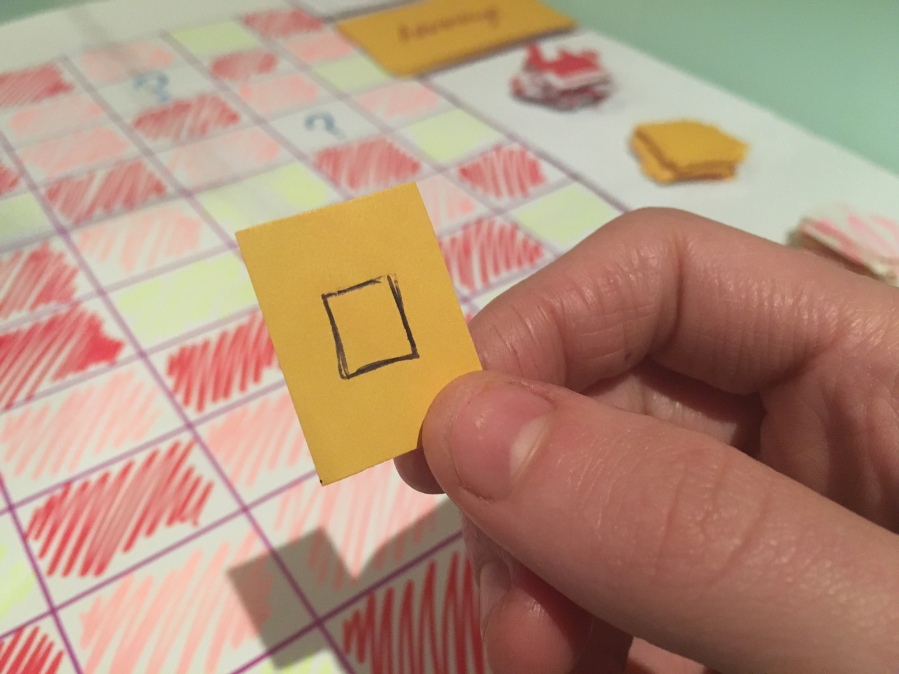
Usually players held onto it for a few turns until implementing a twist to the game, which was a favourable touch to the game and encouraged the players to interact with one another. Another positive about the game was the fact that players were only aware of their own objectives, so no one knew what was going to happen next or when the game was going to end.
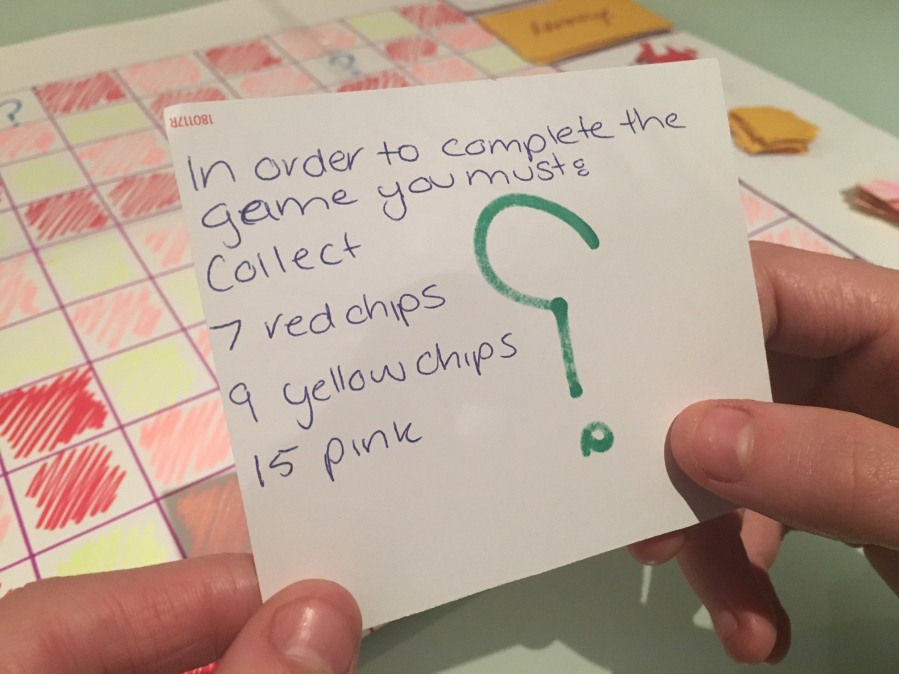
I would heavily rely on social media to advertise my game, I’d begin with a Facebook page and then potentially move to different platforms such as instagram and twitter to gain audience attention and generate some interest. In terms of cost of production and distribution, I would create the game on gamecrafter.com, which would come to around $15 for one unit before shipping. From there I would seek major publishers such as Hasbro that would potentially buy my game. Although I’d be sacrificing my rights, it would mean that this company would take care of production/distribution and sell it in major stores.

